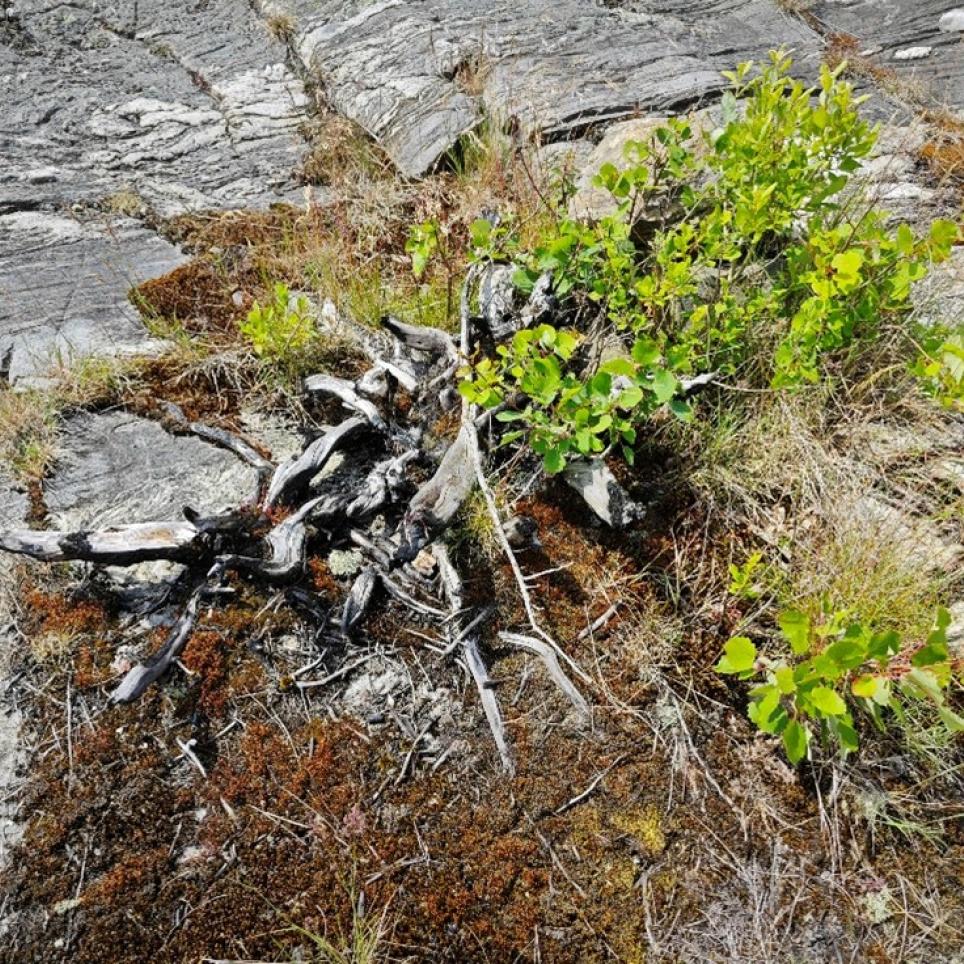
In the work frame of FIREPRIME, a DG-ECHO-funded project, its partner members UPC, RISE, UOC and PCF visited the Gothenburg area to learn firsthand the case study of Sweden. The tight visit schedule helped to ground the different topics to be addressed at a property scale to work on the use the home vulnerability in the project’s app; and at the community scale to generate guides and recommendations for owners when using fire as a tool for garden management; and on infrastructure scale to work on the issue of ignitions on railway lines.
On the first day, a meeting with members from the Gothenburg Fire and Rescue Service was held. The fire service encompasses nine different municipalities and employs around 1,000 personnel, facing, striving to enhance fire safety and communication in a region with a dynamic fire risk environment.
This was followed by a visit to Bjioeko island, located just 1 km away from continental Sweden, which experienced a significant wildfire in 2018. The fire, sparked by Neighbours, spread rapidly due to wind and slope alignment, damaging several houses. Since then, the community has rebuilt considering a wildfire approach, focusing on fire-resistant materials and landscaping to reduce future fire risks. A second visit was made to an Eastern Gothenburg community near a lake in the eastern part of Gothenburg, characterized by a mix of deciduous and spruce a rocket. Neighbors have done gardening to keep the community in good condition, which helps reduce the risk of wildfiresforests
The following day, June 28, visits were made to different spots around the region, starting with a rural community with sparse, disseminated dwellings. There, on a landscape scale, wildfires are not seen as a serious threat. However, at a local scale, small wildfires could potentially approach homes, especially given that most buildings are constructed from wood. This risk is exacerbated by the cultural practice of homeowners igniting fires, whether for burning grass around homes or using fireplaces. In that sense, it is key to reinforce this cultural practice under a safety approach, with guidelines and measures to help do this task without risk.homeowners
One critical infrastructure-related focus is on railway ignitions. The railway company is responsible for clearing vegetation within the first meters around the tracks. However, this clearance is aimed at ensuring a clear path for trains rather than preventing fire ignitions. Although today the clearing around the tracks is for their meintenance, in the future it is likely that measures aimed at the prevention of ignitions will have to be applied.
In conclusion, these visits underscored the importance of tailored strategies to enhance wildfire safety in diverse environments
1. At the landscape scale, wildfires in Sweden are not seen as a threat, but as a natural disturbance. Prescribed burning and other forest interventions are aimed at biodiversity conservation and other purposes. However, the 2014 and the 2018 fire seasons posed the issue in the spotlight. If more complex fire seasons come, landscape-scale measures will likely be taken.
2. At the the local scale, there is an identified need which is the support and training of the homeowners in the burning of vegetable waste around the garden. It is a traditional practice that, with the expected increase of wildfire risk posed by climate change, will have to be adapted.
3. In case of large wildfires, garden fuel load, particularly bush and grass fuel, is key to breaking fire propagation from the forest to the building. This is also a key issue to work on during FIREPRIME.
4. Railways are responsible for an important part of fire ignitions. However, most of them have a very limited propagation potential due to fuel breaks (roads, vegetation changes, etc) or weather conditions.







